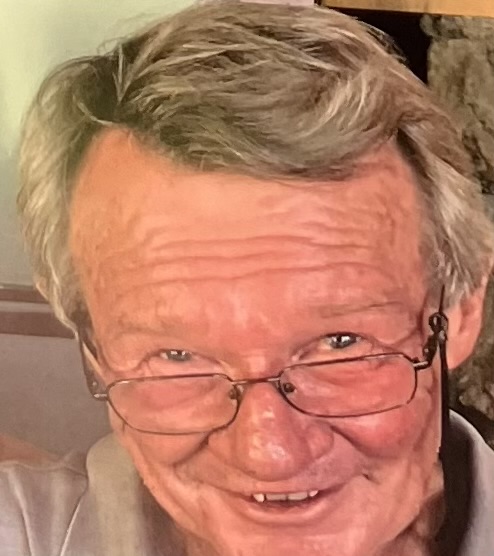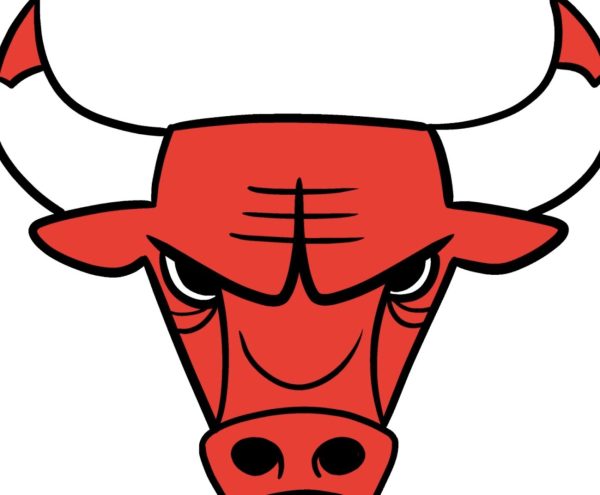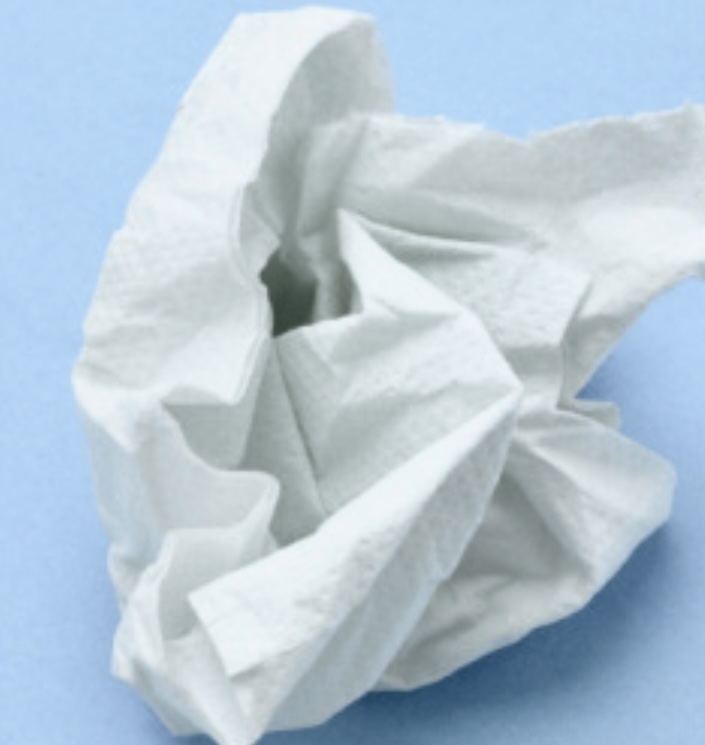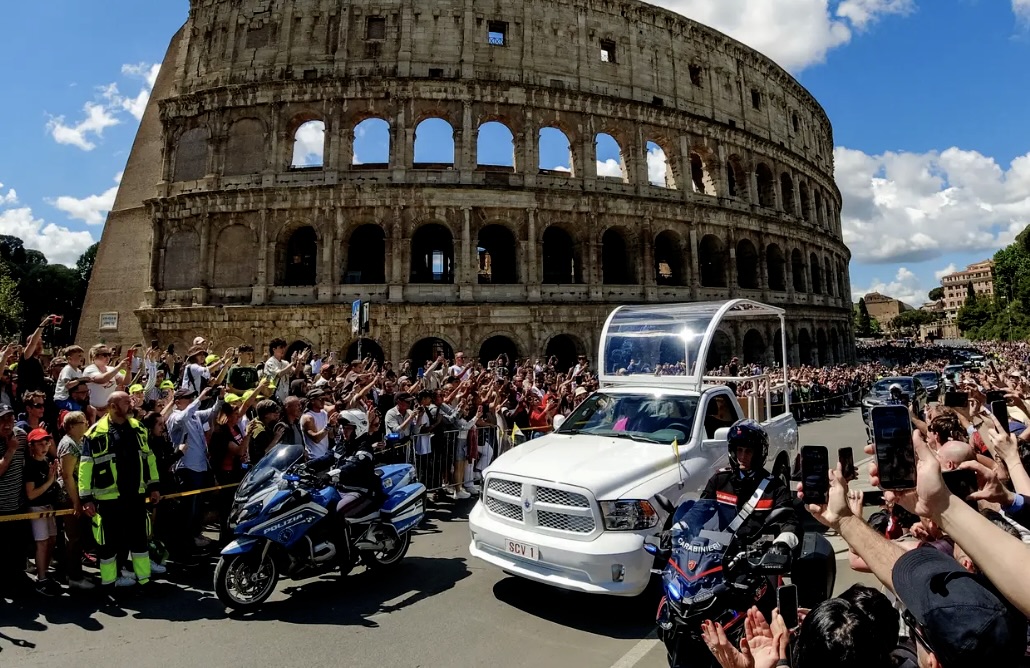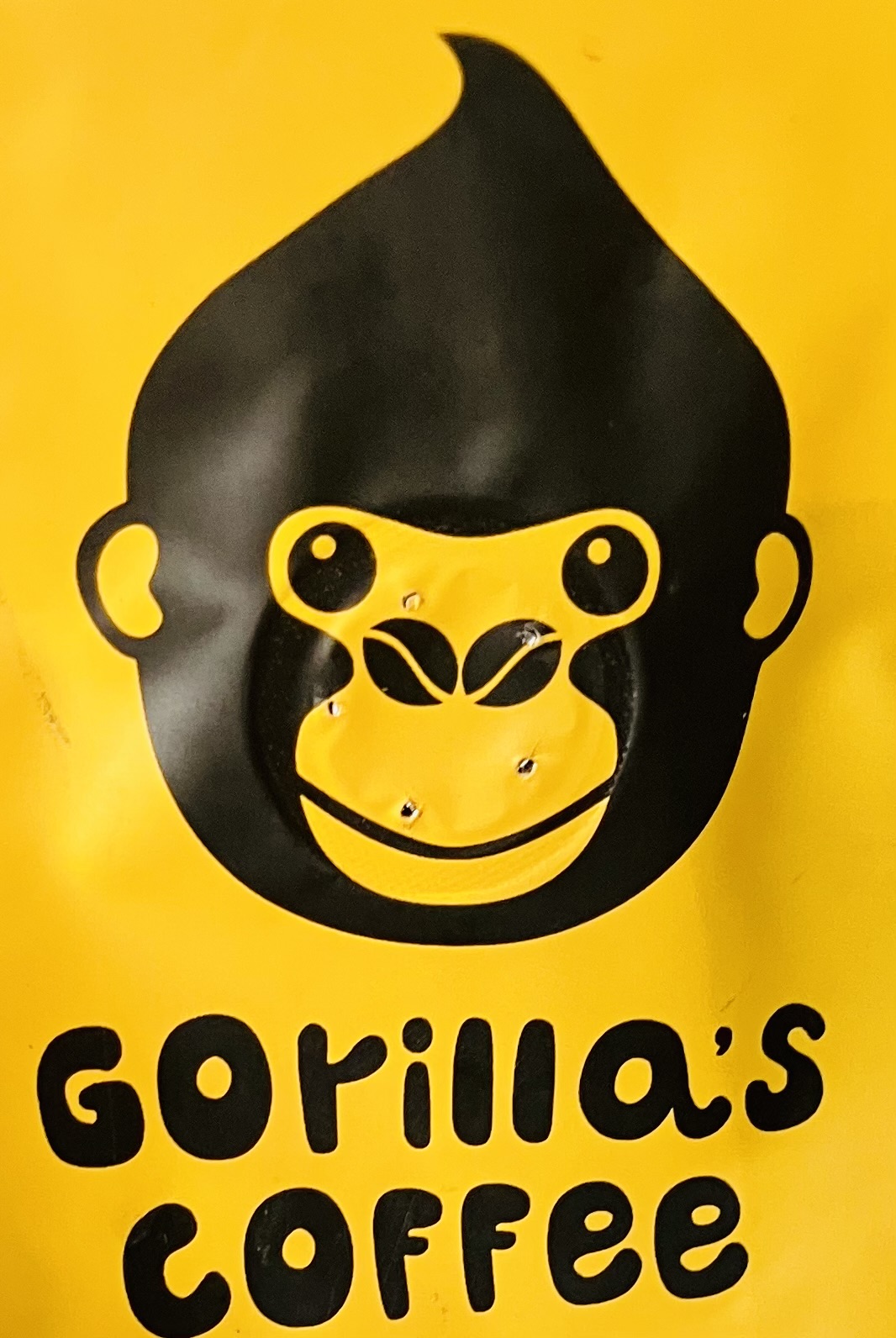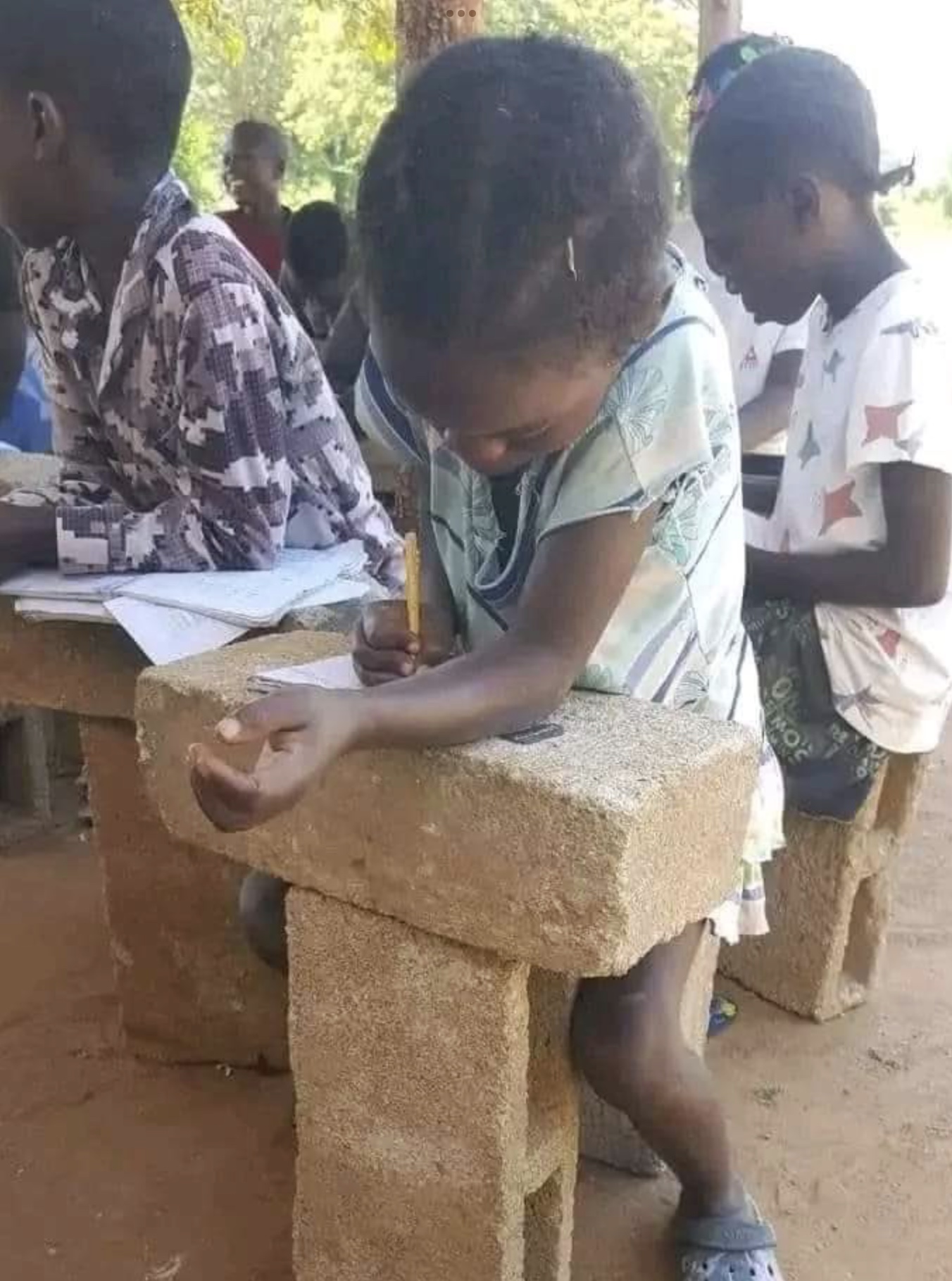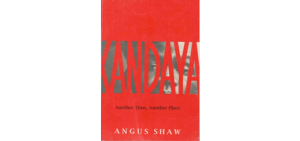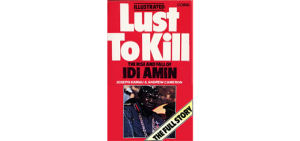Heart of Darkness
Thembi, a lovely and heart warming child, was admitted to Parirenyatwa hospital in Harare after her mother sold some of her furniture to pay for admission. She died at the age of nine. Thembi was a bundle of joy to all who knew her. Her school reports were excellent.
She died of kidney complications. As an only child, the emptiness she left was devastating.
There is no way to establish whether proper tests and treatable diagnostics were done, or even that she was given any appropriate treatment. What is abundantly clear though: patients who can recover are dying needlessly, just as more than 4,000 people needlessly died in the country’s last major outbreak of the preventable and curable disease, cholera.
“Pari” has intermittent water supplies. Families often take in containers of water for patients. How can a major referral hospital be left without constant running water in caring for the sick?
Blood testing and general labs have collapsed. Blood samples are taken to a private laboratory where it costs US $25 for a single test, cash upfront. A unit of blood for transfusion costs $70 to $100 depending on blood type and availability. The X-Ray at Pari works sporadically and private commercial facilities charge $60 a pop. Kidney dialysis is $125 a session, something most cannot afford, certainly not on a regular basis.
In The Lancet private blood testing lab, a South African equipped facility on Blakeston, several blocks from Pari, an elderly woman has brought five phials of blood taken from her son in the other main hospital about 10 kilometers further away. The mother has walked to the lab because she doesn’t have 5 Rand for the bus. She is asked for $125 for the tests. She begins crying, takes back the blood samples and sets off on the walk back to Harare Hospital, a second 10 kilometers on foot that morning.
Without results, the doctors won’t be able to properly treat her son and he will be sent home where he will either die or get better.
Back in Pari, a wheelchair is needed for a traffic accident victim. The one that is brought is a wheelchair frame, broken and probably 20 years old, with a cheap white plastic garden chair (of the type rented out by Rooneys for outdoor functions) jammed into the frame, the foot rests have long been broken off and old bandages are wound around the base to act as the foot rests. The chair has no tyres or plastic on the wheels to stop it skidding on the cracked and uneven but still spotlessly clean floors. Bedding in the wards is threadbare and torn from endless washing but stains remain.
At the casualty (ER) department, people who don’t have enough money are being turned away. There’s a hospital orderly outside having a cigarette. What happens to those who are turned away? The familiar reply now: they go home, they might see a traditional healer and then they will either get better or they will die.
The man with the cigarette says the other day they all thought the person was asleep on a seat in the emergency area as he waited for hours to see a doctor. When his turn came they went to wake him up and he simply slumped over; he was already dead.
-AS

